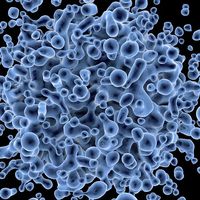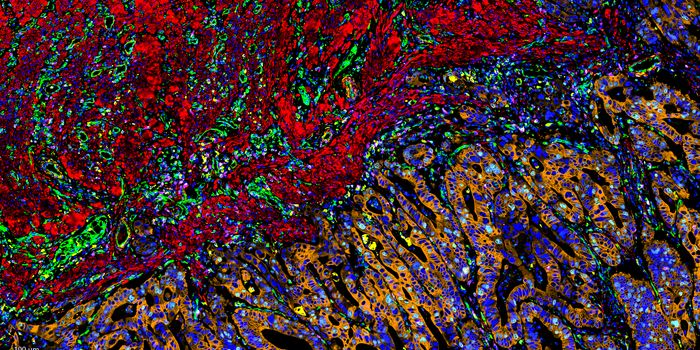Overcoming HIV Drug-Resistance
Human immunodeficiency virus (HIV) is a virus that attacks the immune system and weakens the body’s ability to fight off infection. If left untreated, the disease can progress to acquired immunodeficiency syndrome or AIDS. Unfortunately, there is no cure, and once a patient contracts HIV, it is a lifelong illness. However, we early detection and proper medical treatment, HIV can be controlled. Patients with HIV can then live longer, have a better quality of life, and protect their partners.
HIV infection was first contracted from a species of chimpanzee in Central Africa around the late 19th century. It is suspected that the disease may have transferred to humans when chimpanzees were hunted, and hunters came into contact with infected blood. Now, HIV is transferred through bodily fluids or the use of recycled needles. Symptoms are flu-like after a few weeks of infection, but it is necessary to get tested to know for sure, as some people do not show symptoms at all.
Treatment includes antiviral drugs that target the invading pathogen. One such antiviral drug is Dolutegravir. However, HIV can become resistant to dolutegravir, which is one of the most effective and clinically used drugs on the market. A recent study from the Salk Institute in California led by Dr. Dmitry Lyumkis and others, in collaboration with the National Institutes of Health (NIH), recently published an article in Science Advances addressing the issue of drug resistance. Lyumkis and colleagues demonstrated that changes in an HIV protein, known as integrase, can promote HIV resistance to dolutegravir. Additionally, they found other compounds that overcome this resistance.
HIV works by infecting healthy cells with its own genetic material and taking over cells, killing each one. Drugs such as dolutegravir target the protein integrase, which is imperative for the virus to pass on its genetic material to other cells. Without integrase, HIV cannot effectively infect cells. Previous work discovered this protein and how exactly Dolutegravir binds to integrase. However, it was unsure how integrase changed to overcome Dolutegravir binding.
Lyumkis and colleagues generated different integrase mutants to determine which one overcame Dolutegravir. They then determined the structure of the protein that is needed to overcome the drug. Researchers also tested for the virus’ capacity to infect other cells with the different integrase mutants. They found that the change in integrase structure made HIV rapidly resistant to dolutegravir. To combat drug resistance, scientists treated HIV with a new drug labeled 4d. This drug blocks the Dolutegravir-resistant integrase proteins. What they discovered was that the new drug overcame initial drug resistance. While the researchers still need to discover how HIV evolves to become drug-resistant, 4d buys more time for researchers to figure it out.
Lyumkis and colleagues discovered how HIV can overcome common antiviral drugs targeted towards HIV. This research has major implications because it demonstrates how the virus can overcome other prescription drugs and provide a solution to overcome this resistance. Lymukis and colleagues have provided hope to patients with drug-resistant HIV and are continuing to understand how HIV evolves to effectively treat HIV without worry of drug resistance.
Study, Salk Institute, Dr. Dmitry Lyumkis, NIH, Science Advances








